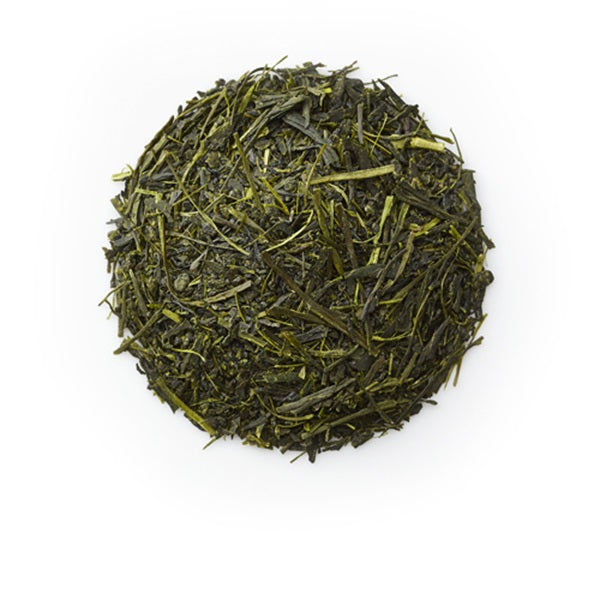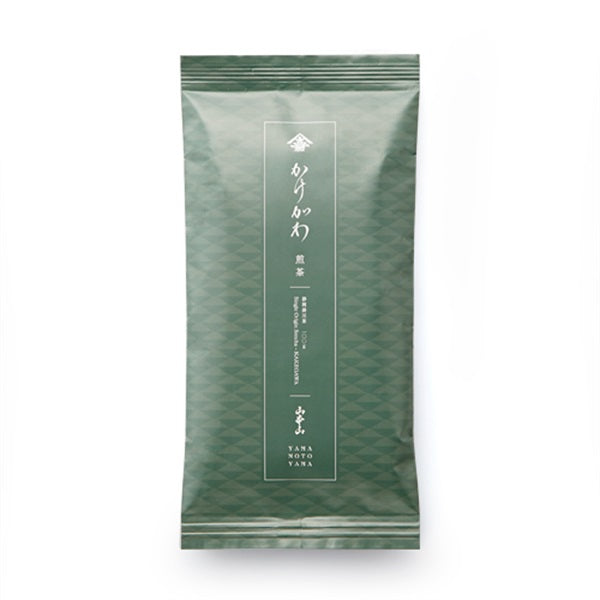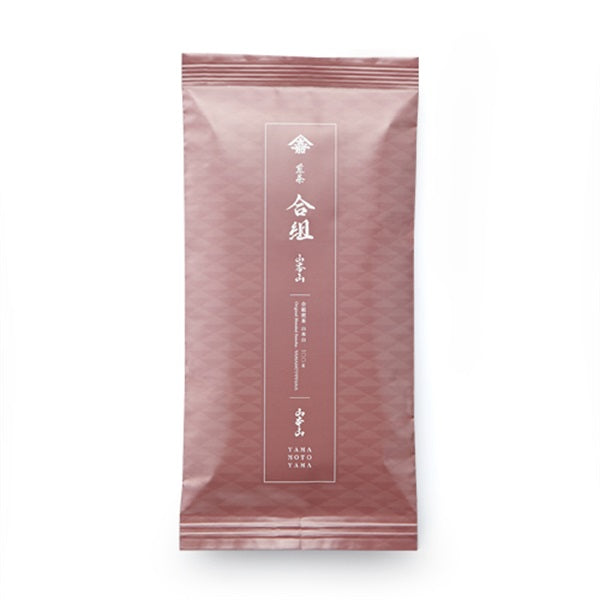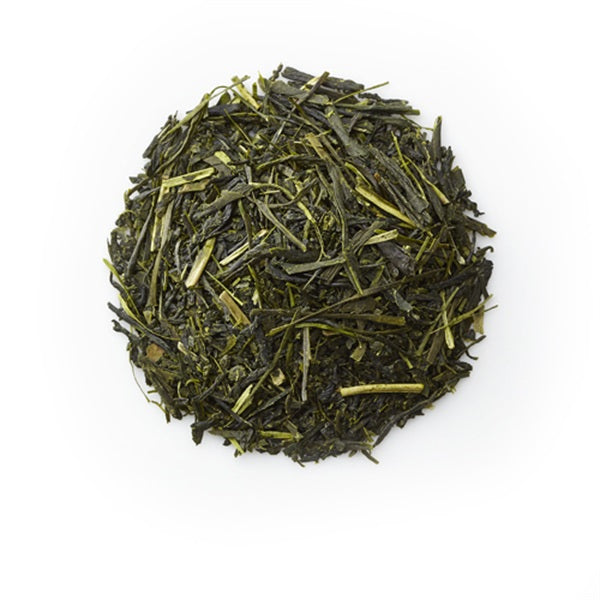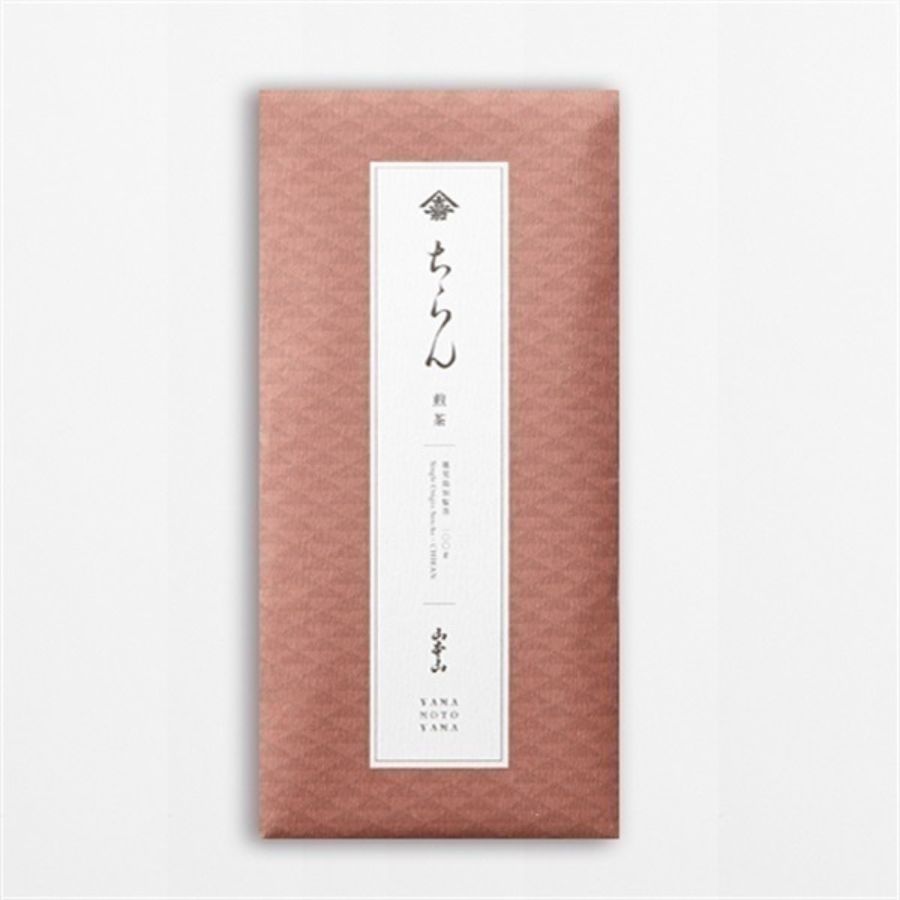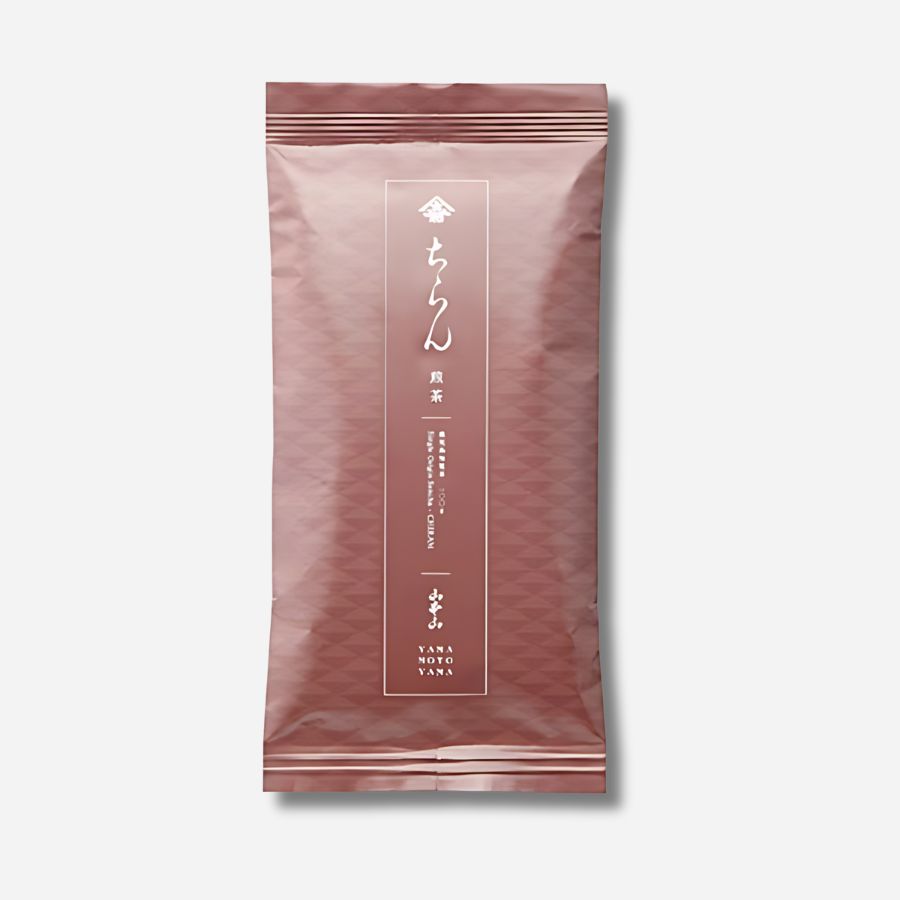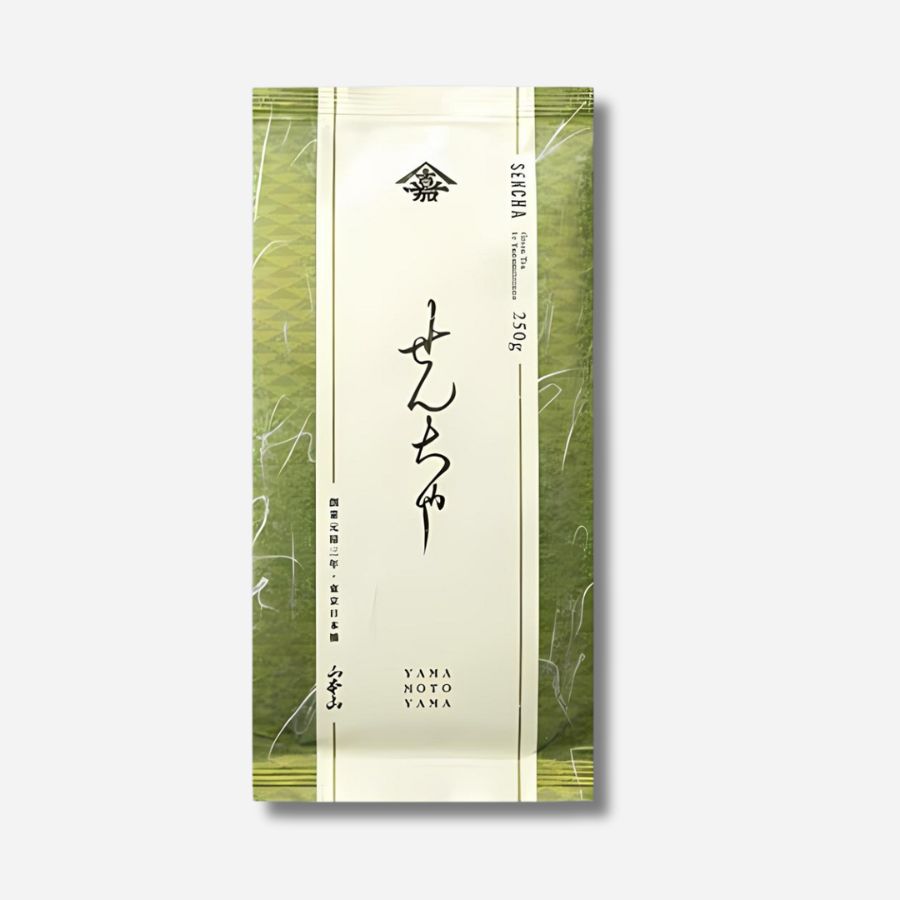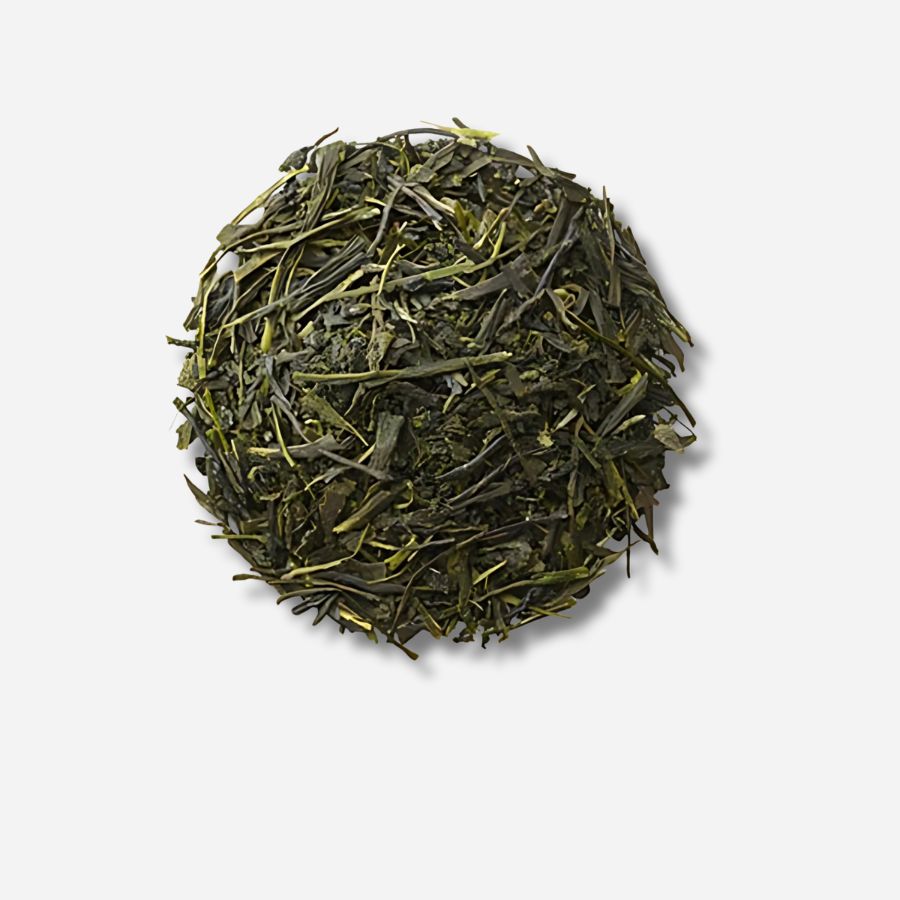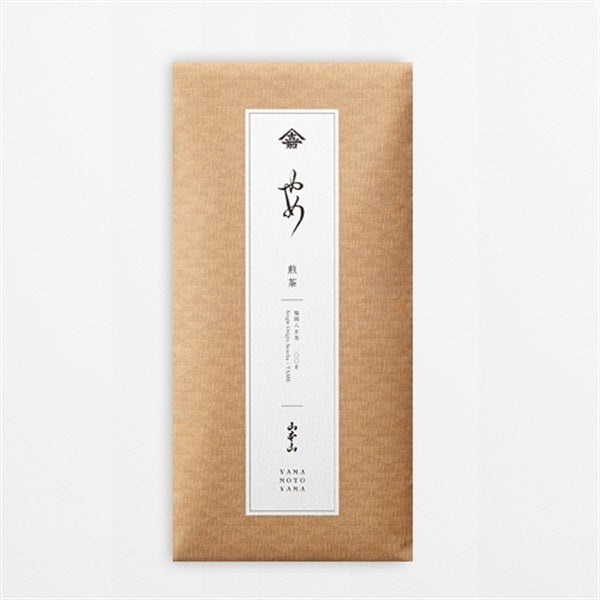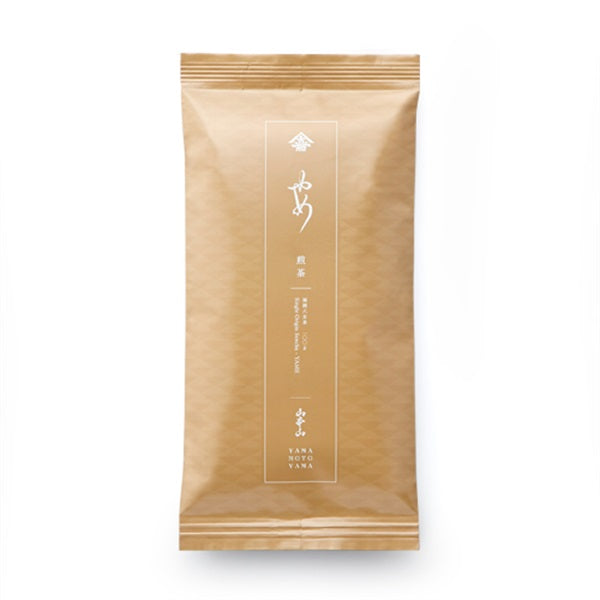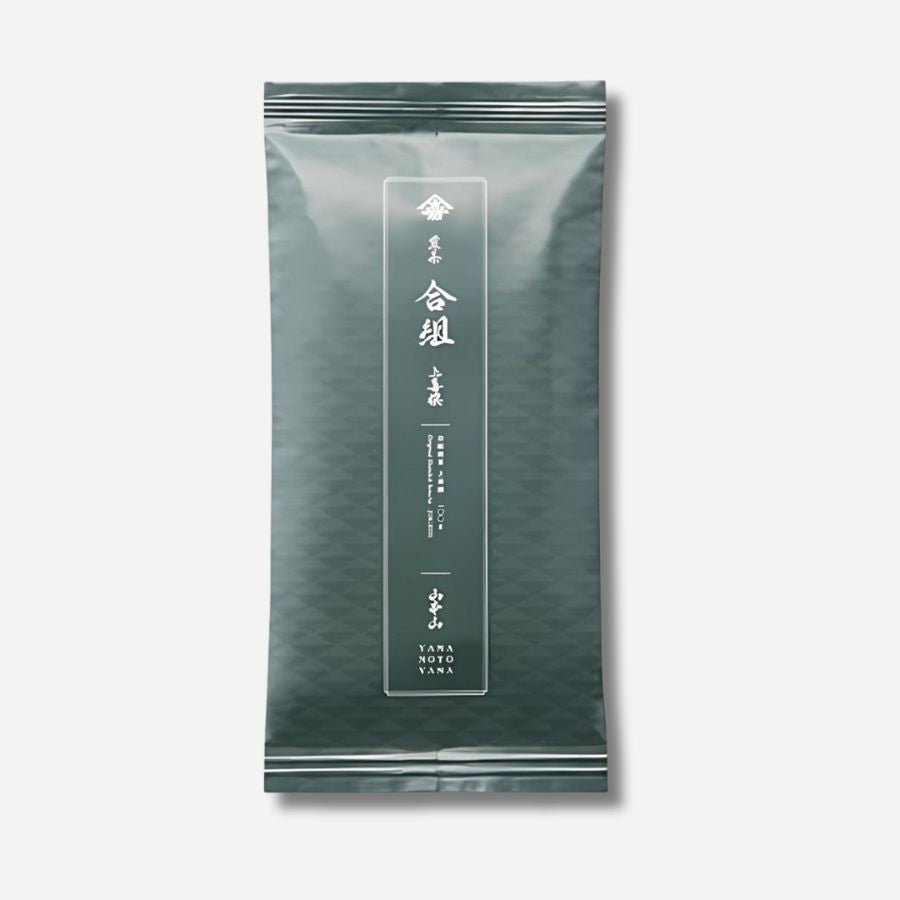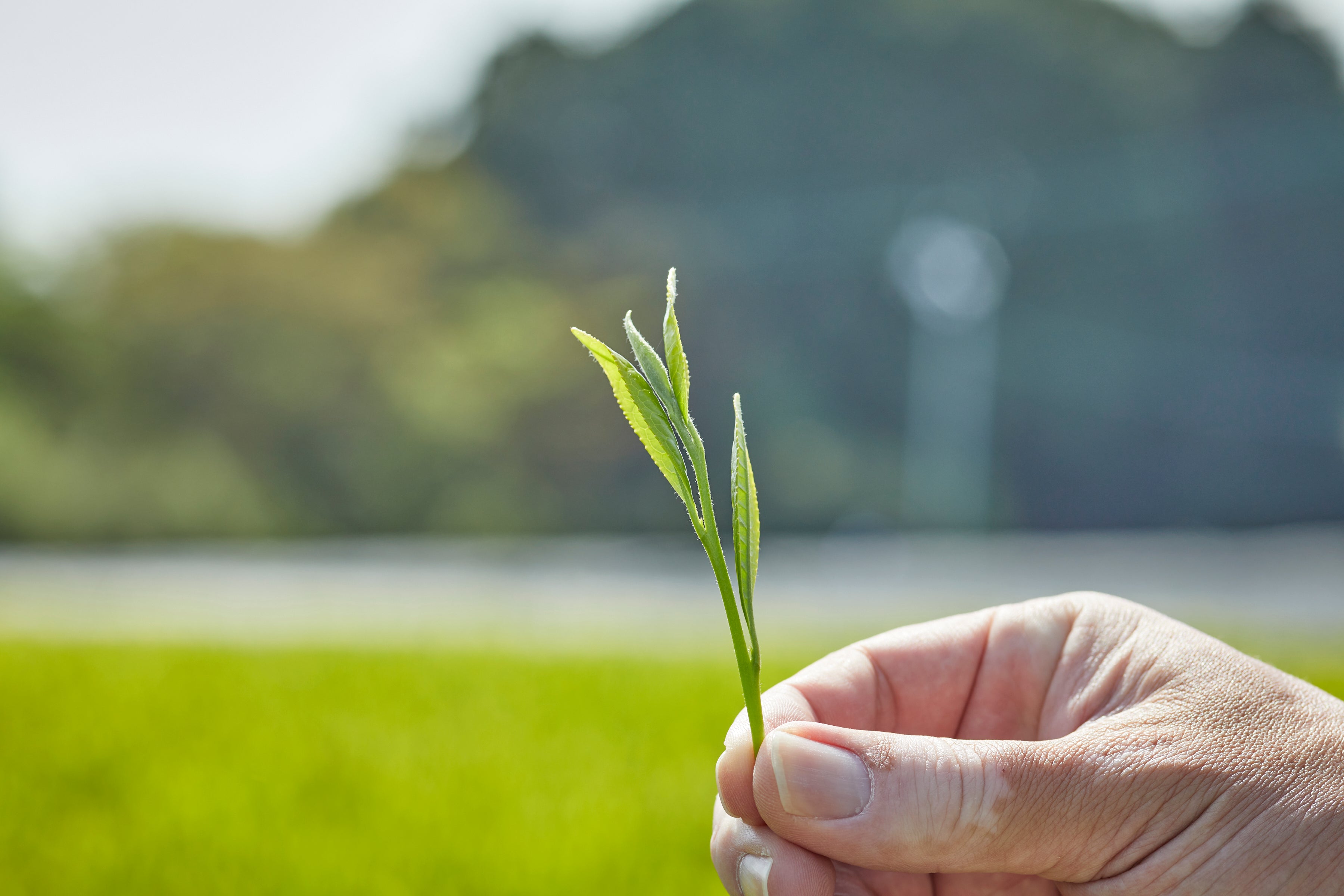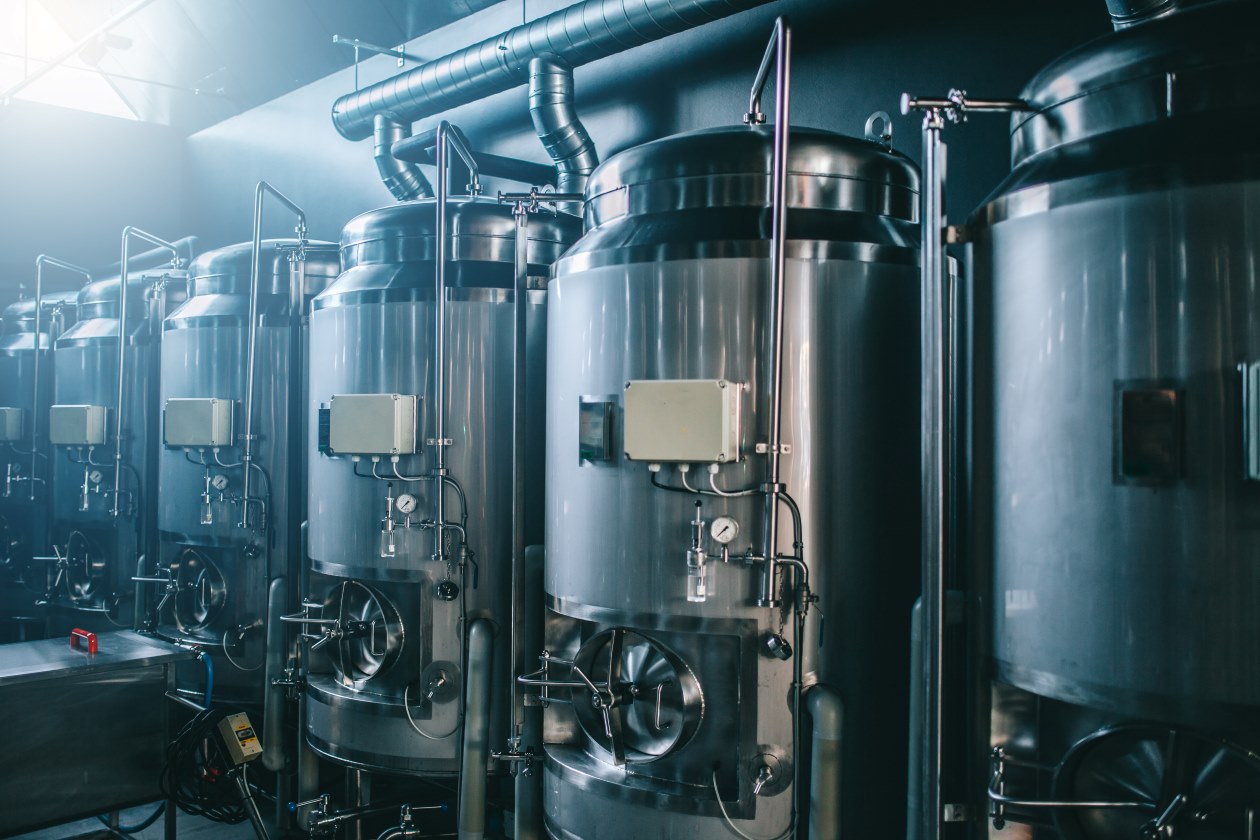
The basics of Sencha! A thorough explanation of the crude tea manufacturing process
Introduction
Nowadays, most tea is made by machine.
Machines were invented based on the movements of hand kneading, and thanks to them it became possible to produce large quantities of high quality tea.
First, let's look at how to make "sencha".

The manufacturing process of crude tea
Tea production is divided into processing up to the stage of producing "rough tea" and then processing up to the stage of producing "finished tea."
The tea is processed into rough tea at a rough tea processing factory near the tea plantation, which then purchases it from agricultural cooperatives and finishing processors to make the tea that we drink every day.
Here we will introduce the process of making rough tea for regular sencha.
Gyokuro, known as a high-quality tea, is made from new buds that are grown in shade from the time they begin to sprout, and the manufacturing process is the same as for sencha.

1. Steam Heat
The steaming process involves steaming the raw leaves to stop the action of oxidizing enzymes, remove any green or unpleasant odors contained in the leaves, and soften the leaves to make them easier to roll afterwards.
Steaming time varies depending on the hardness of the leaves, but for standard sencha it is 30-40 seconds.
2. Rough kneading
This process involves stirring and kneading the steamed leaves in hot air to remove all moisture evenly.
Inside the rough rolling machine there is a rotating shaft with alternating kneading hands and leaf scoops attached, which agitate the leaves, squeezing out the moisture inside them and drying them with hot air.
3. Twisting
This is a process where the tea is rolled without applying heat. The stems, which are harder to dry out than the leaves, are rolled to remove moisture and distribute the moisture evenly throughout the tea leaves.
After the rough rolling process, the tea leaves are gathered into a lump and placed in a cylinder, which is then covered with a lid and pressure is applied from above.
The cylinder is rotated on a platform with radially attached round metal rods called "hiru," and the clump of leaves is rolled and kneaded.
4. Nakaju
Like the coarse rolling process, this process involves drying the leaves while rolling them, and then twisting them to make them thinner.
The rolled leaves are placed in a rotating drum and dried by applying hot air while the rotating "kneading hands" loosen the clumps. When the leaves are squeezed in the hands and then released, they naturally expand and loosen, and the leaves are dried until they are no longer clumped.
5. Seiju (massage)
This is the process of drying the wood while shaping it into a needle shape.
The leaves are placed on a heated, uneven, arc-shaped board called a "daku," which resembles a washboard, and then pressed between a pendulum-like "kneading plate" to gradually increase pressure and dry the leaves. The leaves become thin and twisted, like those used for sencha tea.
6. Drying
This is the process of drying the product to a level where its quality will not deteriorate even if it is stored for a long time.
After the kneading process, the leaves are spread out in a dryer and exposed to hot air until the moisture content is reduced to about 5%.


